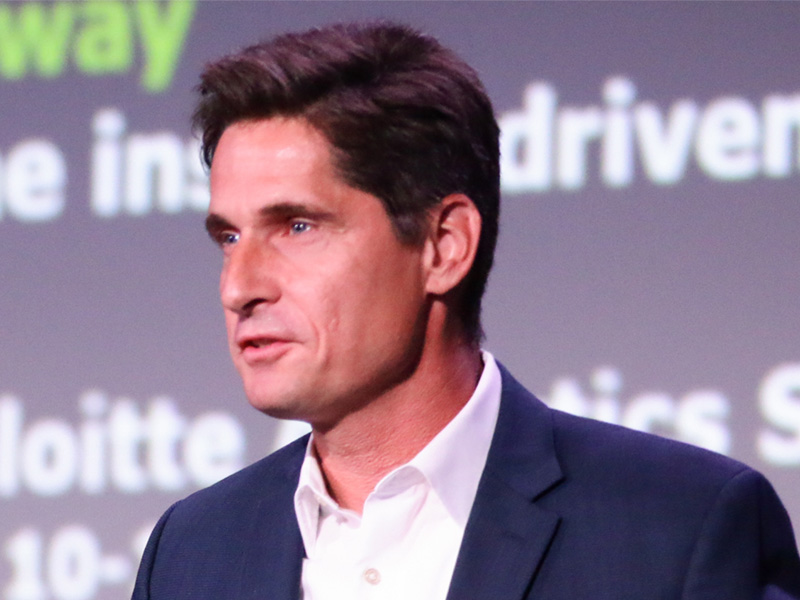Bridging Retail’s Great Divide
With customers seeking in-store experiences that let them shop seamlessly in person and online, the sector continues to undergo significant stress on the brick-and-mortar front.
By Steven Bandolik and Jeff Simpson
This month, we turn to the retail sector, which continues to undergo significant stress on the brick-and-mortar front. Contrary to recent headlines, though, the solution isn’t as simple as shuttering the lowest-performing stores.
The solution also isn’t as simple as copying wildly successful e-commerce models, which many retailers believe is what customers want. In reality, customers want in-store experiences that let them shop seamlessly across store and online.
The best response to overcoming this disconnect from customer expectations—the so-called “digital divide”—is a bit counterintuitive and even surprising. As detailed in our most recent report on this crucial topic, smart applications of digital can be the retailer’s competitive advantage to winning in-store revenue.
The data underscores this link more profoundly than ever. About 56 cents of every dollar spent in store is influenced by a digital experience. Moreover, the sales conversion rate for customers that shop only in store is 60 percent, compared to the 72 percent who combine brick-and-mortar and e-commerce platforms. Think about wedding registry websites: If a customer registers online on a Monday, there’s a roughly 70 percent chance they will visit the store to complete their basket by the following weekend.
Missing links
There are many ways to bridge this digital divide. For one, retailers can benefit from linking merchandising and marketing to help drive real estate utilization strategy and retain sales. If e-commerce sales in a certain area are high but brick-and-mortar sales are abysmal, it might be a better decision to convert that store into an online fulfillment and distribution center, rather than closing it. When retailers close stores, they tend to retain about 30 percent of the sales at a given location if they have others operating in the region. By contrast, store closings typically reduce e-commerce sales by only 8 to 10 percent, because digital shoppers are much stickier.
Social media and website traffic data also plays an important role in driving in-store traffic. Sites like Instagram can help retailers track trends and capitalize on them as they emerge. This data can be used to decide what materials to buy, cut and sew, while web traffic can be used to predict which stores might sell more of one item than another.
Retailers shouldn’t limit themselves to asking how digital channels boost brick-and-mortar sales, though; in-store tactics can also drive digital engagement. One example that may surprise you is signage, which is at least as important as social media and other online experiences in influencing customers’ online purchases. That in-store visit is now an open-ended journey that could end with a digital sale. Consider signage that offers a holistic experience, such as QR codes that allow customers to buy an item online if, for example, the desired size is unavailable at the store.
Retailers would be wise not to ignore this data. For one thing, retail volatility has a strong correlation to stock prices, and this can spell doom for some companies in today’s market. The good news is that most of the data retailers need to draw these connections between digital and in-store channels is already there. Companies that tap into it are likely to see improvement not only to metrics like conversions, margins and baskets but also to softer measures related to customer loyalty.

Steve Bandolik
Steven Bandolik is a managing director with Deloitte Services LP and a senior leader in Deloitte¹s real estate services practice. A three-decade industry veteran, Bandolik provides advisory services in a wide range of areas, including capital markets, corporate finance, mergers and acquisitions, investments, restructuring and reorganization, workout, and asset recovery.

Jeff Simpson
Jeff Simpson is a Charlotte, N.C.-based principal in Deloitte Consulting LLP’s retail practice. He leads several analytics, digital, data and marketing strategy offerings, and is a respected thought leader in these areas, as well as in other specialties, including loyalty and database marketing.
Originally appearing in the May 2017 issue of CPE.







You must be logged in to post a comment.